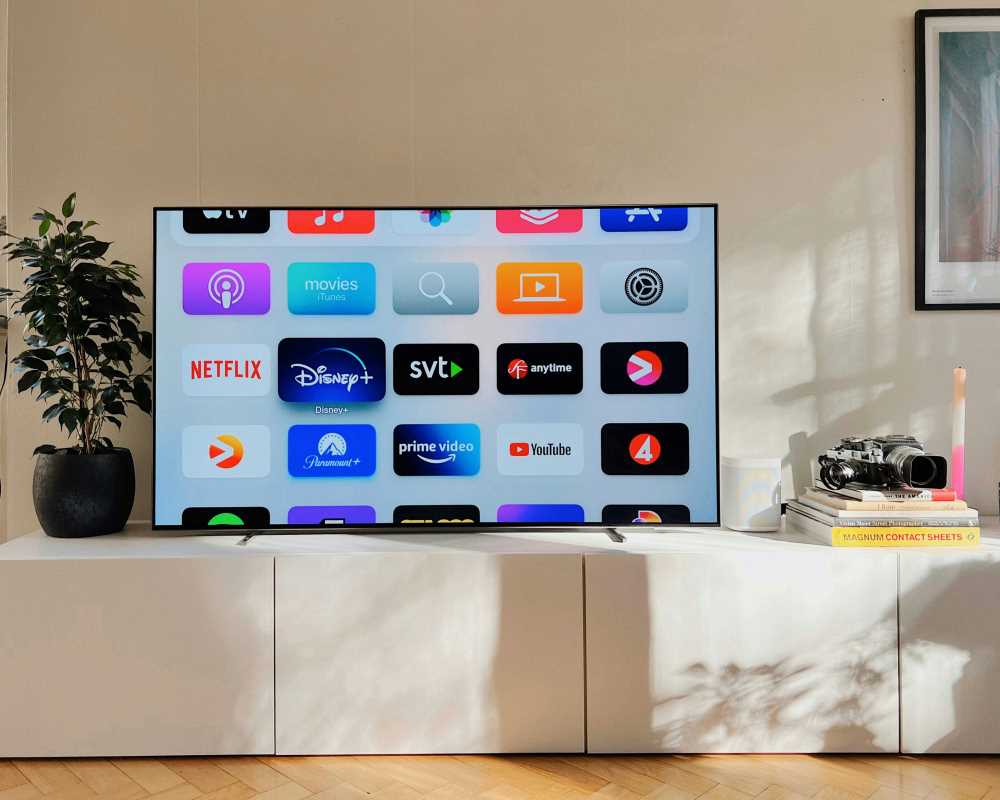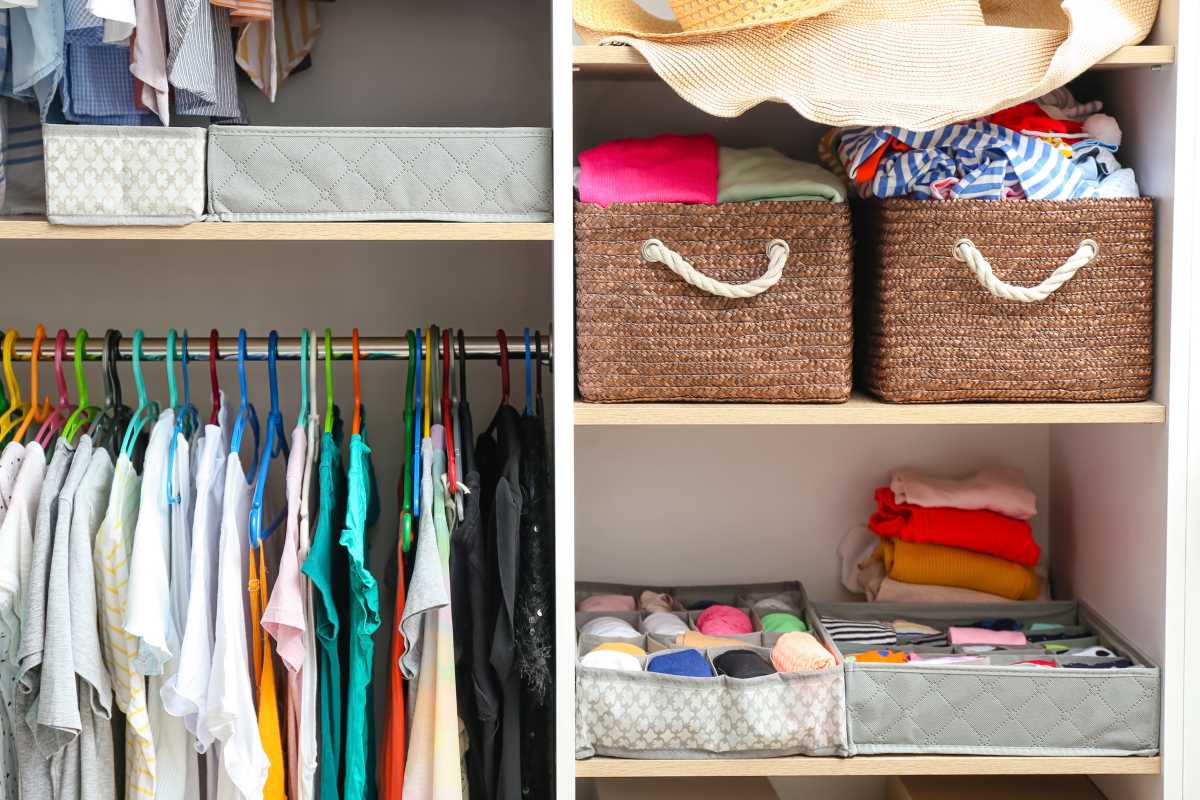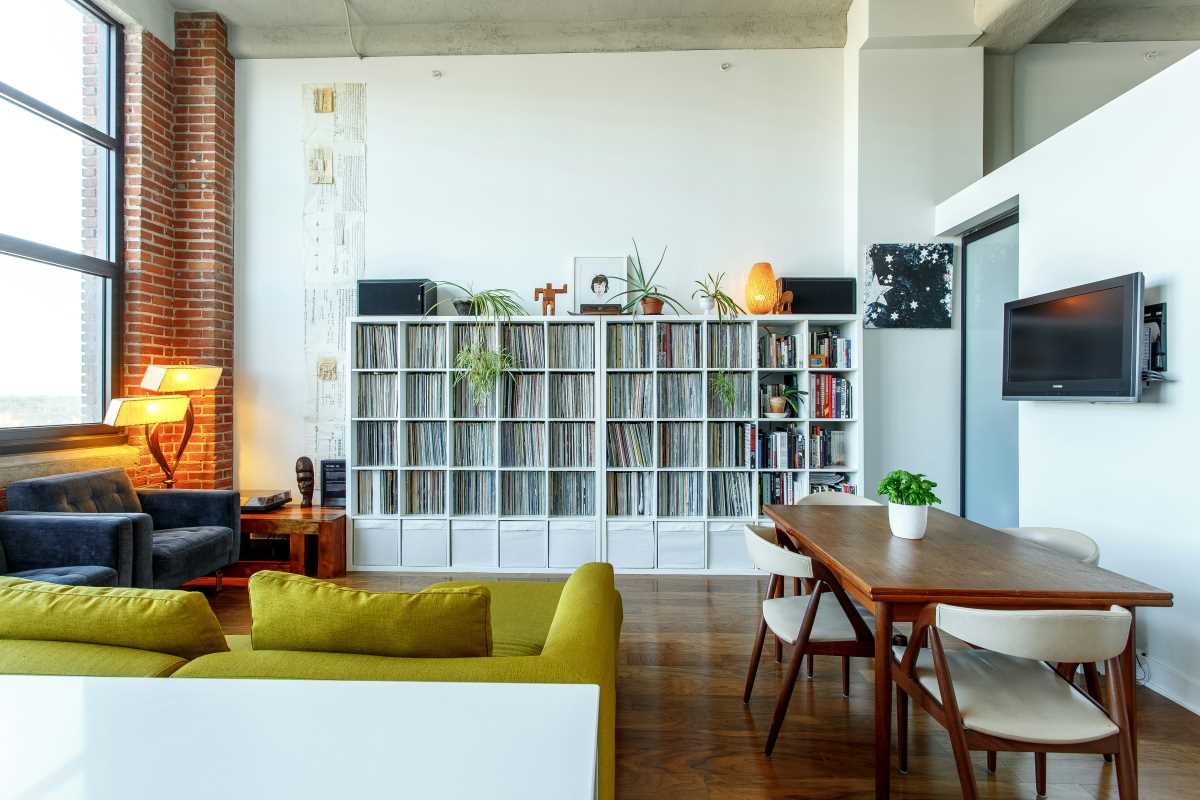Vision boards have gained popularity as a creative tool for goal-setting and manifesting a life you envision. But what makes them effective isn’t just the collection of images and words you compile. It’s the intentional process of crafting a vision board that aligns with your goals, values, and aspirations that sets the foundation for success. A personalized vision board can inspire, guide, and keep you focused on the life you’re working toward.
If you've been wondering how to make a vision board that works, this guide takes you step-by-step through the process of creating one, from choosing themes to putting the pieces together. Think of it as your roadmap to turning ideas into reality.
Understanding the Purpose of a Vision Board
At its core, a vision board is a physical or digital space where you display images, quotes, and symbols representing your goals, dreams, or the energy you want. The idea is to stimulate your subconscious mind and keep your intentions front and center. Every time you see your vision board, it reminds you of what you’re working toward and why it matters.
While some people view vision boards as cute collages, the deeper purpose is rooted in psychology. Visualizing your goals regularly makes you more likely to identify opportunities and stay motivated. This is called mental priming, and it’s one of the reasons vision boards can be so powerful when crafted with purpose.
Step 1: Choose Themes and Goals
A successful vision board starts with clarity. Ask yourself what you truly want to focus on. This might take some reflection, but getting specific about your goals is worth spending time.
Questions to Help You Define Your Vision:
- What goals or dreams excite me the most right now?
- Where do I see myself one year from now? Five years from now?
- Are there areas of my life that feel out of balance (health, relationships, career)?
- What kind of energy or mindset do I want to bring into my daily life?
Once you have a broad sense of direction, narrow it down by picking specific themes.
Here are a few examples of popular vision board categories to consider:
- Career and Wealth: Professional ambitions, financial success, or business growth.
- Health and Fitness: Physical well-being, mental health, or achieving fitness goals.
- Relationships: Friendships, romantic goals, or family connections.
- Personal Growth: Building confidence, learning new skills, or mindfulness practices.
- Travel and Adventure: Exploring dream destinations.
- Lifestyle and Home: Upgrading your home or creating a daily routine you love.
Defining your themes will make choosing visuals and messages that resonate with your intentions easier.
Step 2: Gather Your Materials
Vision boards can take many forms, ranging from traditional cut-and-paste boards to digital versions made on apps like Canva or Pinterest. Decide which style best fits your preferences and lifestyle. Some people enjoy the tactile experience of crafting with their hands, while others prefer the convenience of a digital format.
For a physical vision board, gather the following materials:
- A sturdy board (corkboard, foam board, or even a large poster board works well)
- Magazines, newspapers, brochures, or printouts of online images
- Glue, tape, or pins for attaching items
- Scissors for precise cutting
- Markers, pens, or stickers for writing affirmations and adding decorative touches
If you’re going digital, apps like Canva or online platforms like Pinterest can be great tools to create a cohesive collage. You’ll still need to search for inspiring images, quotes, and graphics.
Step 3: Select Images and Materials
The power of your vision board lies in its visual and emotional impact. The images, colors, and words you choose should make you feel invigorated every time you look at them. Select visuals that evoke a positive emotional response, as this will fuel your focus and enthusiasm.
Tips for Choosing the Right Images:
- Look for Meaningful Visuals: Focus on images directly representing your goals or the feelings you want to cultivate. For example, if your goal is to improve fitness, find images of someone running, hiking, or practicing yoga who embodies your aspiration.
- Include Words and Quotes: Inspirational quotes, affirmations, or even single words can reinforce your mindset. For instance, phrases like “I am capable” or “Bold moves ahead” can act as daily reminders.
- Don’t Overcrowd It: You don’t need to fill every inch of your board. Leave space to visually breathe and allow key elements to stand out.
- Color Matters: Use colors that align with your vision’s emotion. Soft tones might evoke calmness, while bright, bold hues can spark energy and determination.
Step 4: Assemble Your Vision Board
Now comes the fun part! This step is where creativity meets intention. Whether you’re creating a physical or digital board, approach the assembly process as an opportunity to design your goals visually.
Tips for Physical Vision Boards:
- Start With a Layout: Before attaching anything, lay out your selected images and items to arrange them in a balanced composition. Group related items in clusters based on your themes or goals.
- Create Layers: Overlapping images or integrating text with photos can add depth and make your board more engaging.
- Make It Personal: Include personal touches like photographs, handwritten phrases, or mementos. For example, a picture of you on a past vacation can become a placeholder for future travel dreams.
Building Digital Vision Boards:
- Use a grid or collage template to keep sections organized.
- Gradually layer in images and text elements to curate intentional visuals.
- Play around with fonts and graphic elements to make the board uniquely yours.
Step 5: Make It Interactive and Engaging
A vision board works best when it sparks emotional connections daily.
Here’s how to make it effective long-term:
- Place It Where You’ll See It Every Day: Whether it’s your bedroom wall, home office, or a saved lock screen image on your phone, visibility is crucial.
- Set Daily Rituals: Spend a few moments visualizing your goals as if they have happened. Imagine the feelings and envision the process.
- Keep It Flexible: Over time, your goals and priorities might shift. Adjust as needed, adding or removing elements to reflect where you are in your life now.
- Engage With It Actively: Write dates or milestones on the board as you progress. Actively acknowledging small wins keeps you connected to your bigger vision.
Step 6: Stay Committed
The act of creating a vision board is an investment in your growth, but its value doesn’t end at assembly. Consistency is key to making it work. Beyond designing a beautiful reminder of your goals, the real work happens in the action steps you take toward those dreams. Trust in the process, stay open to possibilities, and revisit your vision board regularly to renew your motivation.
 (Image via
(Image via





